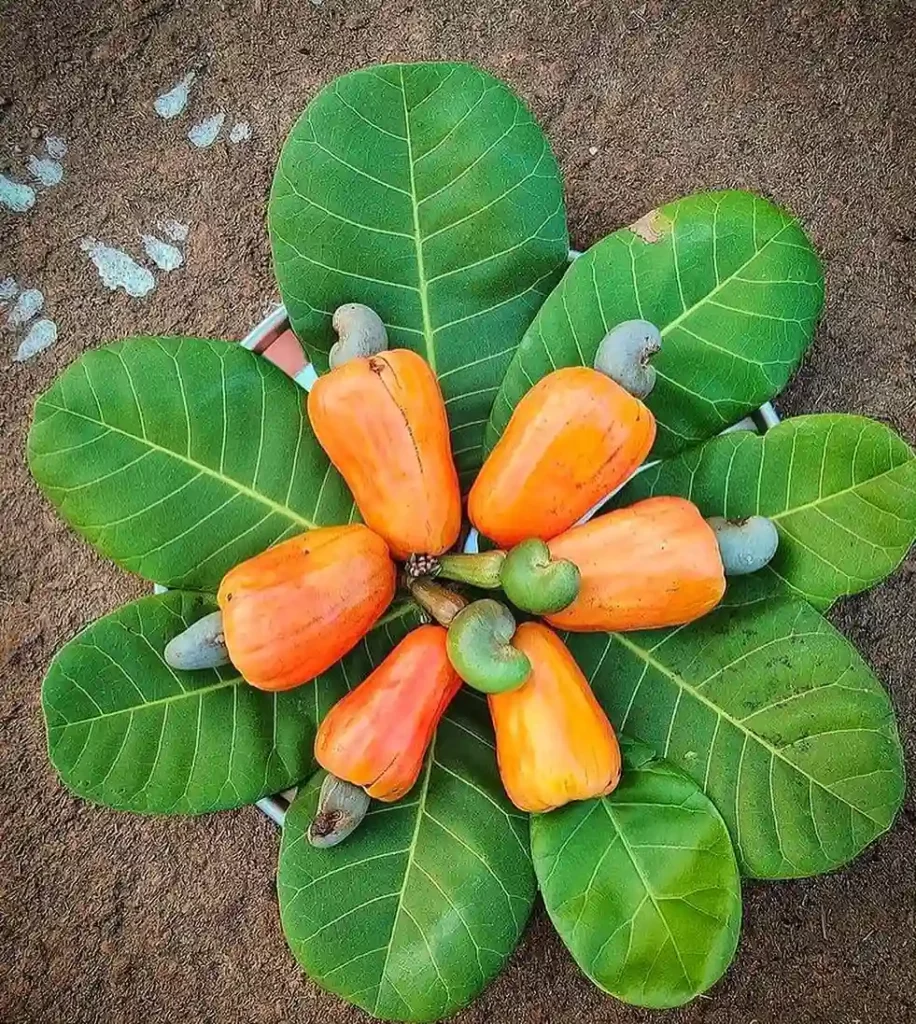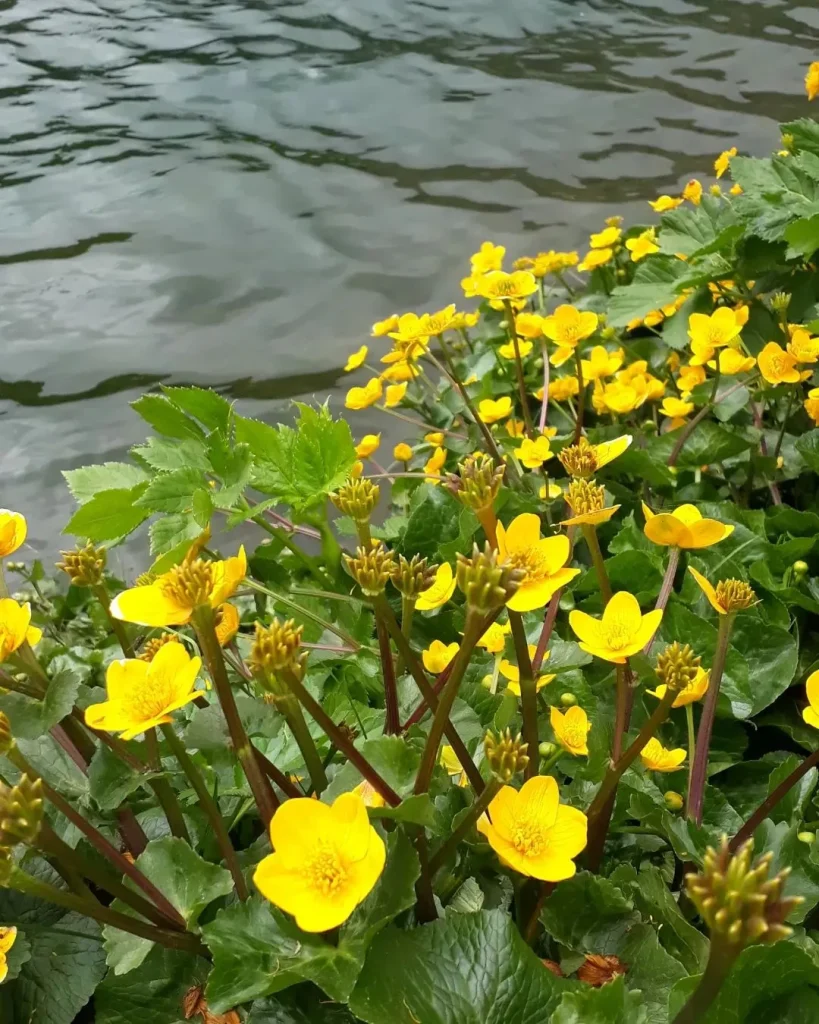
The Allure of Liquidambar styraciflua: A Northeast Poconos Gardener’s Guide
As a gardener in the Northeast Poconos, I’m always on the lookout for beautiful and interesting trees that can thrive in our unique climate. Recently, I’ve become fascinated by the Liquidambar styraciflua, also known as the American sweetgum. This majestic tree boasts stunning star-shaped leaves that put on a dazzling display of color in autumn, and a fragrant resin that has historical uses. But can this Southern charmer adapt to the cooler temperatures of the Poconos?
In this guide, I’ll delve into everything you need to know about Liquidambar styraciflua, from its suitability for our region to planting, propagation, and even resin collection.
15 Species in Genus Liquidambar
Can Sweet Gum (Liquidambar styraciflua) grow in Northeast Poconos?
The good news is that Liquidambar styraciflua can indeed grow in the Northeast Poconos! This tree is surprisingly adaptable and tolerates temperatures as low as USDA Hardiness Zone 5, which encompasses most of the Poconos region.
However, there are a few factors to consider:
- Microclimates: While the Poconos fall under Zone 5, specific microclimates within your property might offer slightly warmer or cooler conditions. If you have a south-facing slope with well-drained soil, your sweetgum will likely fare better than in a valley with heavy shade and cold air pockets.
- Soil Drainage: Liquidambar styraciflua prefers moist but well-drained soil. Heavy clay soils that retain water can lead to root rot, so consider amending your soil with compost or sand if necessary.
- Winter Protection: Young trees (under 5 years old) might benefit from winter protection, especially during harsh winters. You can wrap the trunk with burlap or use a row cover to shield it from the wind and extreme cold.
How to Plant Liquidambar styraciflua?
Planting a Liquidambar styraciflua is a straightforward process:
- Choose the Right Location: Select a spot with full sun to partial shade and well-drained soil. Aim for a location with at least 4-6 hours of direct sunlight daily.
- Dig a Planting Hole: Dig a hole 2-3 times wider than the root ball of your tree and slightly deeper.
- Prepare the Soil: If your soil is heavy clay, amend it with compost or sand to improve drainage.
- Position the Tree: Carefully place the tree in the hole, ensuring the root flare (the area where the trunk widens) sits slightly above the soil level.
- Backfill and Water: Fill the hole with the amended soil, tamping gently to remove air pockets. Water the tree deeply to settle the soil and encourage root growth.
How to care for Liquidambar styraciflua?
Once planted, your Liquidambar styraciflua requires minimal care:
- Watering: Water your tree regularly, especially during the first year or two of establishment. Aim to keep the soil consistently moist but not soggy. As the tree matures, watering needs decrease significantly.
- Mulching: Apply a 2-3 inch layer of mulch around the base of the tree to retain moisture, suppress weeds, and regulate soil temperature. Leave a few inches of space free around the trunk to prevent rot.
- Fertilization: Young trees may benefit from a balanced fertilizer applied in early spring. However, mature trees typically don’t require additional fertilization.
- Pruning: Prune your Liquidambar styraciflua in late winter while the tree is dormant. Focus on removing any dead, diseased, or crossing branches to maintain its shape and encourage healthy growth.
How to germinate Liquidambar styraciflua seeds?
Propagating Liquidambar styraciflua from seeds is a rewarding yet slow process. Here’s how to do it:
- Collect Seeds: Gather the spiky seed pods from your tree in the fall when they ripen and turn brown.
- Extract Seeds: Dry the seed pods in a cool, well-ventilated area for a few weeks. The pods will naturally split open, revealing the small, winged seeds inside.
- Stratification: To improve germination success, subject the seeds to a cold stratification period. This mimics the natural winter conditions that break seed dormancy. Place the seeds in a plastic bag with moist sand and store them in your refrigerator for 2-3 months.
- Planting: In early spring, sow the seeds in flats filled with a seed-starting mix. Keep the soil moist but not soggy and place the flats in a warm, sunny location.
- Germination: Germination can take several weeks to several months. Once seedlings emerge, thin them out to leave only the strongest one per pot. Continue to care for the seedlings by keeping them moist and providing adequate sunlight. When they reach a manageable size, you can transplant them into individual containers to allow for further growth before planting them permanently in your garden.
How to collect Liquidambar styraciflua resin?
Liquidambar styraciflua produces a fragrant resin, also known as storax, that has historical uses in medicine and perfumery. However, it’s important to note that collecting resin can stress the tree, so it’s best to limit this practice, especially on young trees. Here’s a responsible approach:
- Wait for Maturity: Only attempt to collect resin from mature trees (at least 10 years old).
- Natural Injury: Look for areas where the tree has naturally produced resin, such as bark wounds or pruning sites. These locations offer the least invasive way to collect the resin.
- Scratching Technique: You can also carefully scratch the bark with a sharp knife to stimulate resin flow. However, avoid creating deep wounds that could damage the tree.
- Collection: Use a small container to collect the dripping resin. Be mindful not to scrape or damage the bark further.
- Sustainable Practices: Limit resin collection to a small amount and avoid collecting from the same spot repeatedly. Allow the tree ample time to recover between harvests.
Where to buy Liquidambar styraciflua trees in Los Angeles, CA?
While this guide focuses on growing Liquidambar styraciflua in the Northeast Poconos, the information can be adapted to other regions with similar climates. If you’re located in Los Angeles, CA, with its warmer climate, Liquidambar styraciflua will likely thrive. Here, your focus should be on providing adequate water during the dry summer months. To find reputable nurseries selling Liquidambar styraciflua trees in Los Angeles, a quick internet search with keywords like “Los Angeles native plant nurseries” or “Los Angeles tree nurseries” should provide you with a good starting point.
With a little planning and care, you can enjoy the beauty and unique characteristics of Liquidambar styraciflua in your Northeast Poconos garden. From its stunning fall foliage to its historical resin, this tree offers a touch of elegance and a connection to the natural world.
If i die, water my plants!



